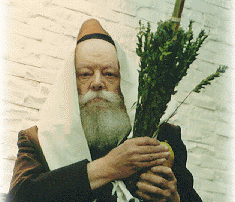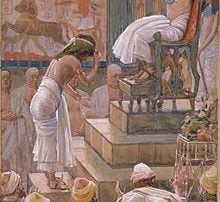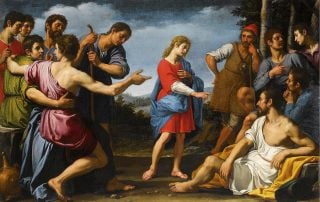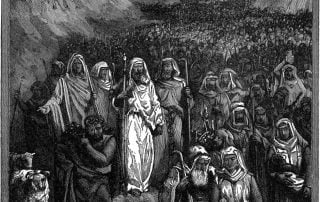Names of G‑d, Shemot, Shemos
Unified Field Theory… and Practice
Albert Einstein had a lifelong quest—to develop a unified field theory—the theory that would describe as a single field gravity and electromagnetism (just as Maxwell unified electric and magnetic fields in a single electromagnetic field). Alas, Einstein did not succeed in his quest. Today, the goal is even more ambitious—to unify all four known fundamental forces: gravity, electromagnetism, strong and weak nuclear forces in a single model, the so-called Theory of Everything. If the hypothetical fifth force will be confirmed, it will also need to be included in the Theory of Everything. While theoretical physicists around the world are busy working our various approaches to such Theory of Everything (the leading candidate is the string theory), Jews around the world are practicing this unification during the holiday of Sukkot. During Sukkot, we take [...]






